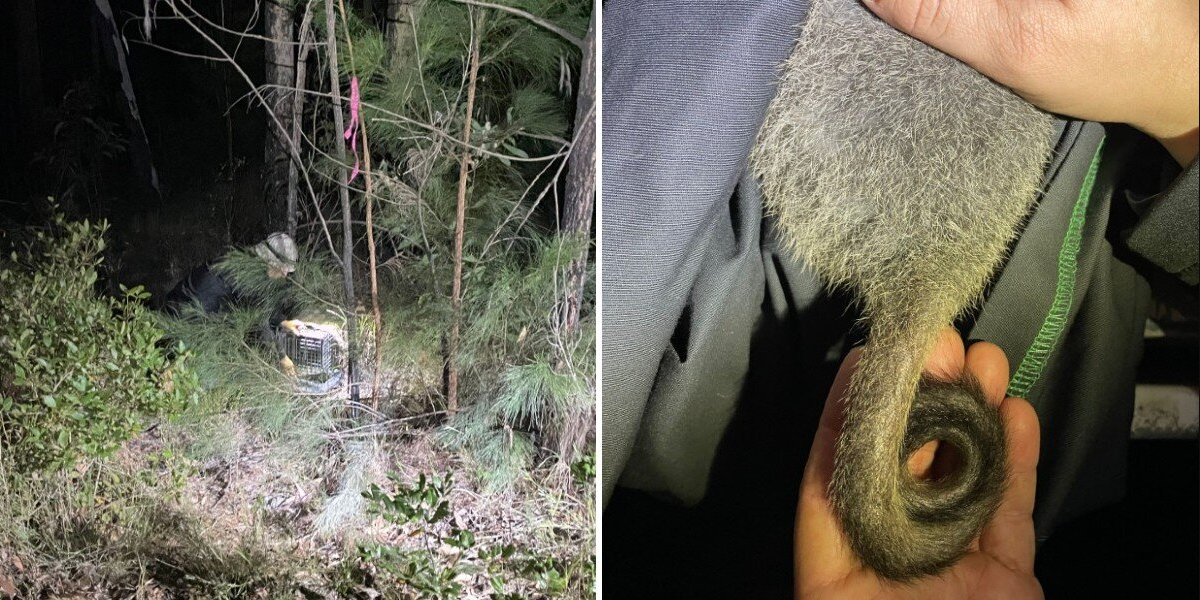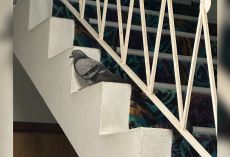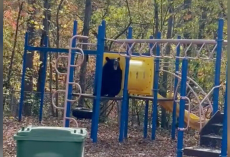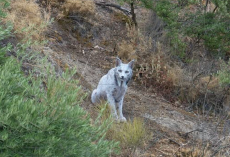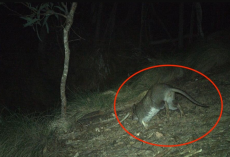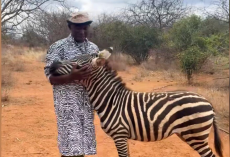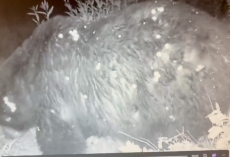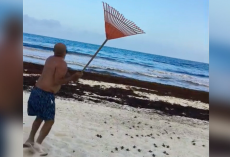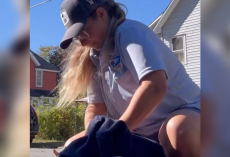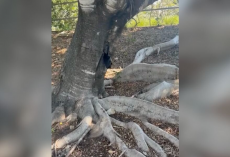In the still, quiet hours before dawn on August 17, 2023, a team of wildlife scientists at Mount Zero–Taravale Wildlife Sanctuary in Australia were making their usual rounds — checking traps, taking notes, and hoping for signs of progress.
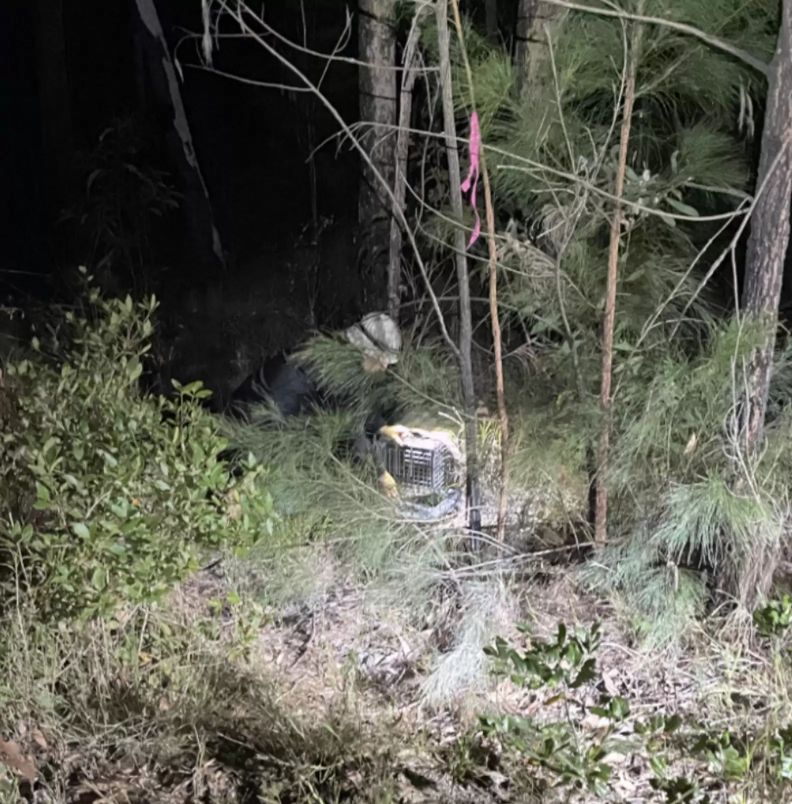
Then, inside one of the soft research cages, they saw movement.
Peering closer, they couldn’t believe their eyes. Nestled inside was a tiny, fuzzy brown marsupial, calmly watching them — a northern bettong.
Their hearts soared.
“This little sub-adult is so special,” said Felicity L’Hotellier, ecologist with the Australian Wildlife Conservancy (AWC).
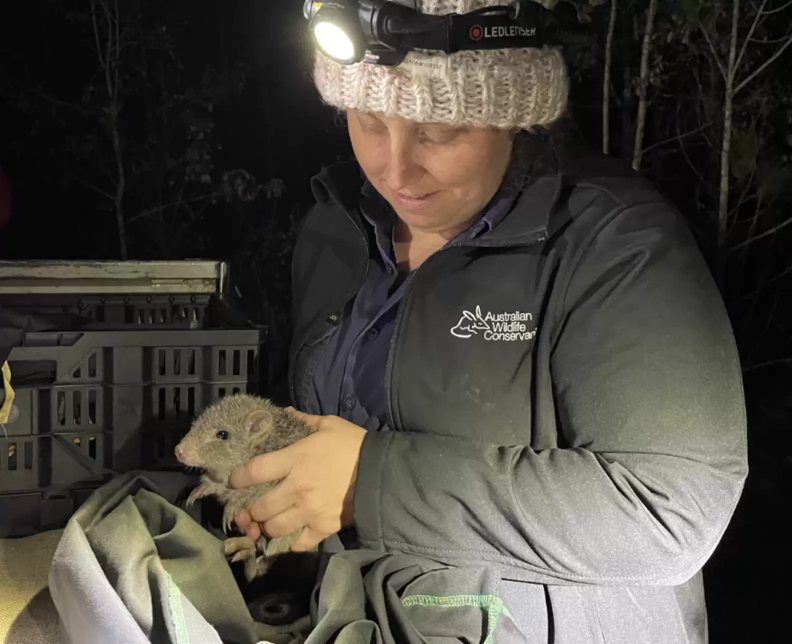
The northern bettong — with its soft fur, long tail, and delicate hopping gait — might look like a miniature kangaroo, but it’s far rarer.
Once widespread across parts of Queensland, the species has nearly vanished.
Today, only two known populations remain in the wild, their numbers devastated by feral predators, habitat loss, and poor fire management.
Within the last two decades, two other populations have gone completely extinct.
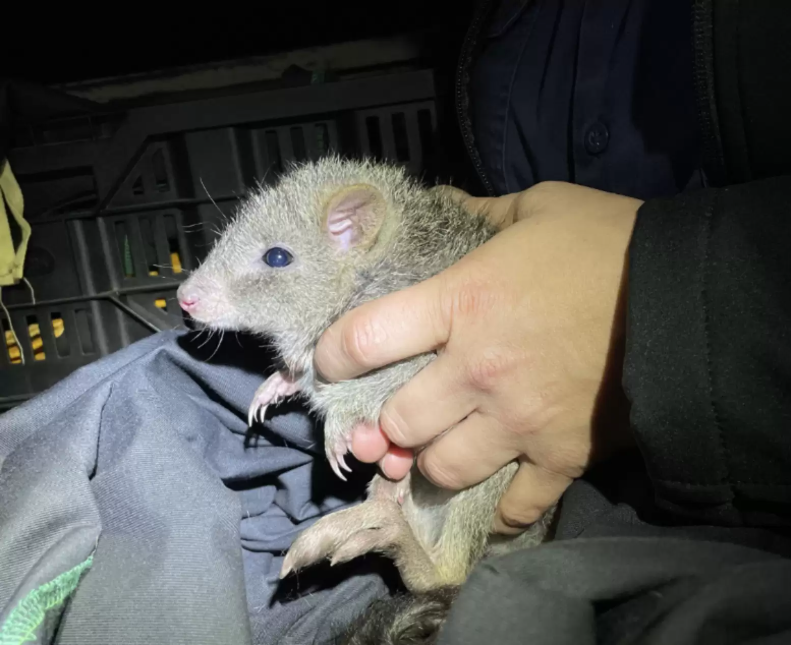
That’s why this discovery meant everything.
Just three months earlier, AWC, together with the Department of Environment and Science and the Northern Bettong Recovery Team, had reintroduced 49 northern bettongs into Mount Zero–Taravale — part of a bold plan to bring the species back from the brink.
Now, this little one was proof their mission was working.
“According to the three-month post-release survey, Mount Zero–Taravale’s newest residents appear to be healthy and thriving in their new home,” AWC reported.
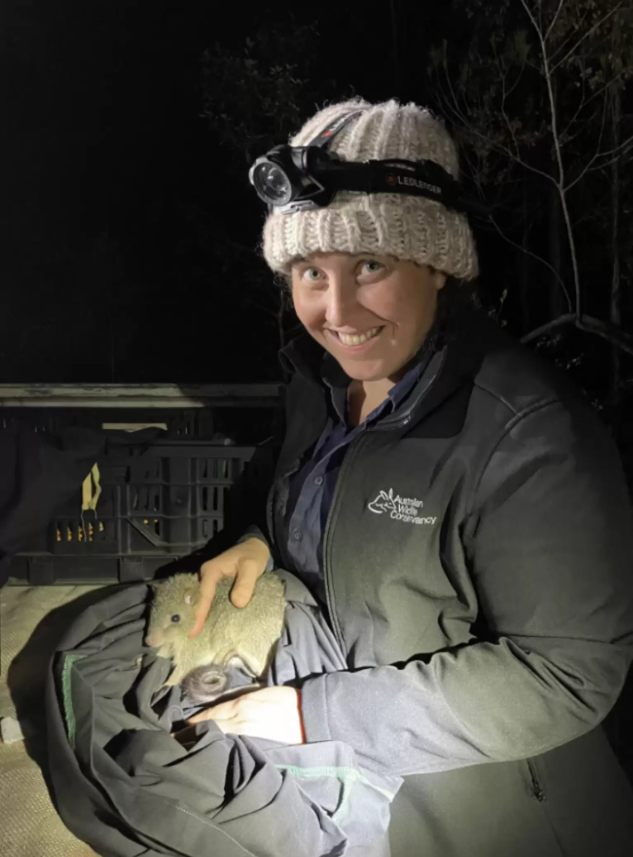
For the scientists, finding that tiny bettong in the dark wasn’t just a data point — it was hope made real.
If their success continues, maybe one day northern bettongs won’t be such a rare and miraculous sight.
To help protect and restore this remarkable species, you can make a donation to the Australian Wildlife Conservancy.

